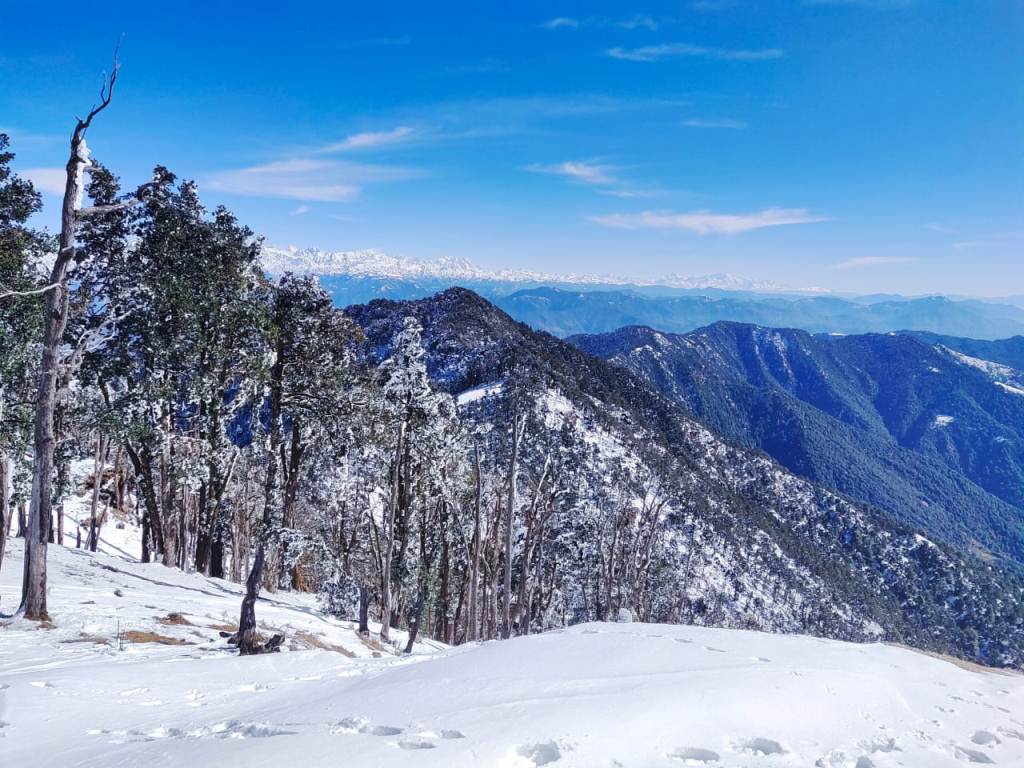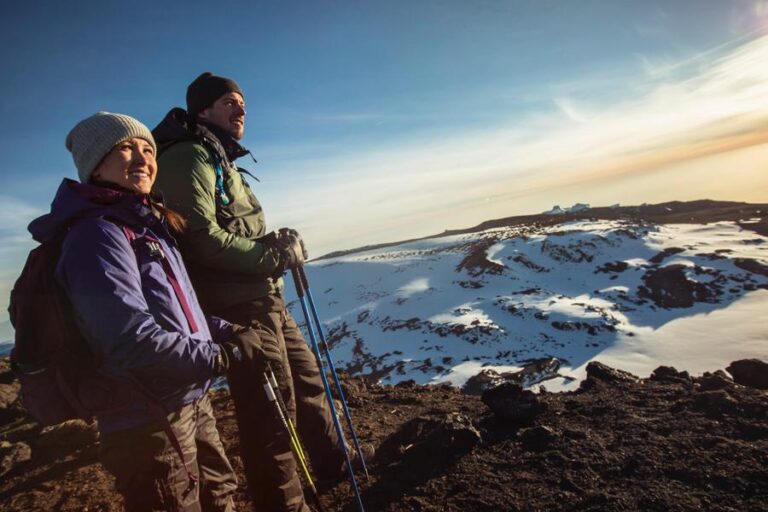Exploring the Enchanting Nag Tibba Trek: A Wilderness Adventure
Nestled in the pristine hills of the Indian state of Uttarakhand, the Nag Tibba trek stands as an epitome of natural beauty and adventure. This trek is a perfect blend of thrill, enchanting landscapes, and a peek into the cultural tapestry of the region. Nag Tibba, translating to “Serpent’s Peak,” is a splendid summit sitting at an altitude of approximately 9,915 feet, making it one of the most accessible and popular treks in the Indian Himalayas.
The Journey Begins
The journey to Nag Tibba starts from Dehradun, a bustling town in Uttarakhand. Travelers often arrive here to embark on their trekking expedition. The base camp for the Nag Tibba trek is usually Pantwari, a small village which marks the starting point of the trail.
The Trekking Experience
The Nag Tibba trek offers a moderate level of difficulty, making it suitable for both novice and experienced trekkers. The trail takes you through dense oak and deodar forests, picturesque meadows, and charming villages, providing a rich experience of diverse landscapes.
The trek is usually completed in two to three days, covering a distance of about 15 to 20 kilometers. It’s advisable to acclimatize and spend a day at the base camp to prepare for the trek and enjoy the serenity of the surroundings.
Day 1: Pantwari to Nag Tibba Base Camp
The trek begins with an invigorating ascent from Pantwari to the Nag Tibba base camp. The trail takes you through thick oak and rhododendron forests, allowing trekkers to immerse themselves in the natural beauty. As you gain altitude, the panoramic views of the Garhwal Himalayas begin to unfold, motivating you to continue the journey.
Upon reaching the Nag Tibba base camp, a sense of accomplishment and awe sets in. The base camp provides a mesmerizing view of the majestic snow-capped peaks and is the perfect spot to relax and soak in the beauty of the mountains.
Day 2: Summit Day – Nag Tibba Peak and Return to Pantwari
The highlight of the trek is reaching the Nag Tibba summit, which involves a steep climb. The breathtaking view from the top, surrounded by Himalayan giants like Swargarohini, Bandarpoonch, and Kala Nag, is a reward worth the effort.
After spending ample time at the summit, absorbing the awe-inspiring sights, it’s time to descend back to Pantwari, culminating this unforgettable adventure.
Cultural Encounters
Apart from the natural marvels, the Nag Tibba trek also offers glimpses into the local culture and traditions of the Garhwal region. Interactions with the warm-hearted locals, tasting local cuisines, and experiencing their way of life add a cultural dimension to the trek.
The Hospitality of Villages
During the trek, travelers often have the opportunity to stay in local villages and experience their hospitality. This not only provides a glimpse into the rural lifestyle but also supports the local economy.
The Joy of Camping
Camping is an integral part of the Nag Tibba trekking experience. The clear night skies, studded with countless stars, make for a magical camping experience. Sitting around the campfire, sharing stories, and enjoying local delicacies create lasting memories.
Environmental Conservation and Responsible Trekking
Preserving the natural beauty and ecosystem of the Himalayas is of utmost importance. Trekkers are encouraged to follow responsible trekking practices, ensuring that they leave no trace behind and respect the environment and local communities.
Conclusion
The Nag Tibba trek is a captivating journey through the heart of the Garhwal Himalayas, offering a blend of adventure, nature, and cultural experiences. Whether you are a seasoned trekker or a beginner seeking an introduction to the world of trekking, Nag Tibba promises an unforgettable adventure. As you trek through the dense forests, walk across vibrant meadows, and stand at the summit gazing at the majestic peaks, you’ll discover the beauty and allure of the mountains that will beckon you to explore more of the incredible Indian Himalayas.







